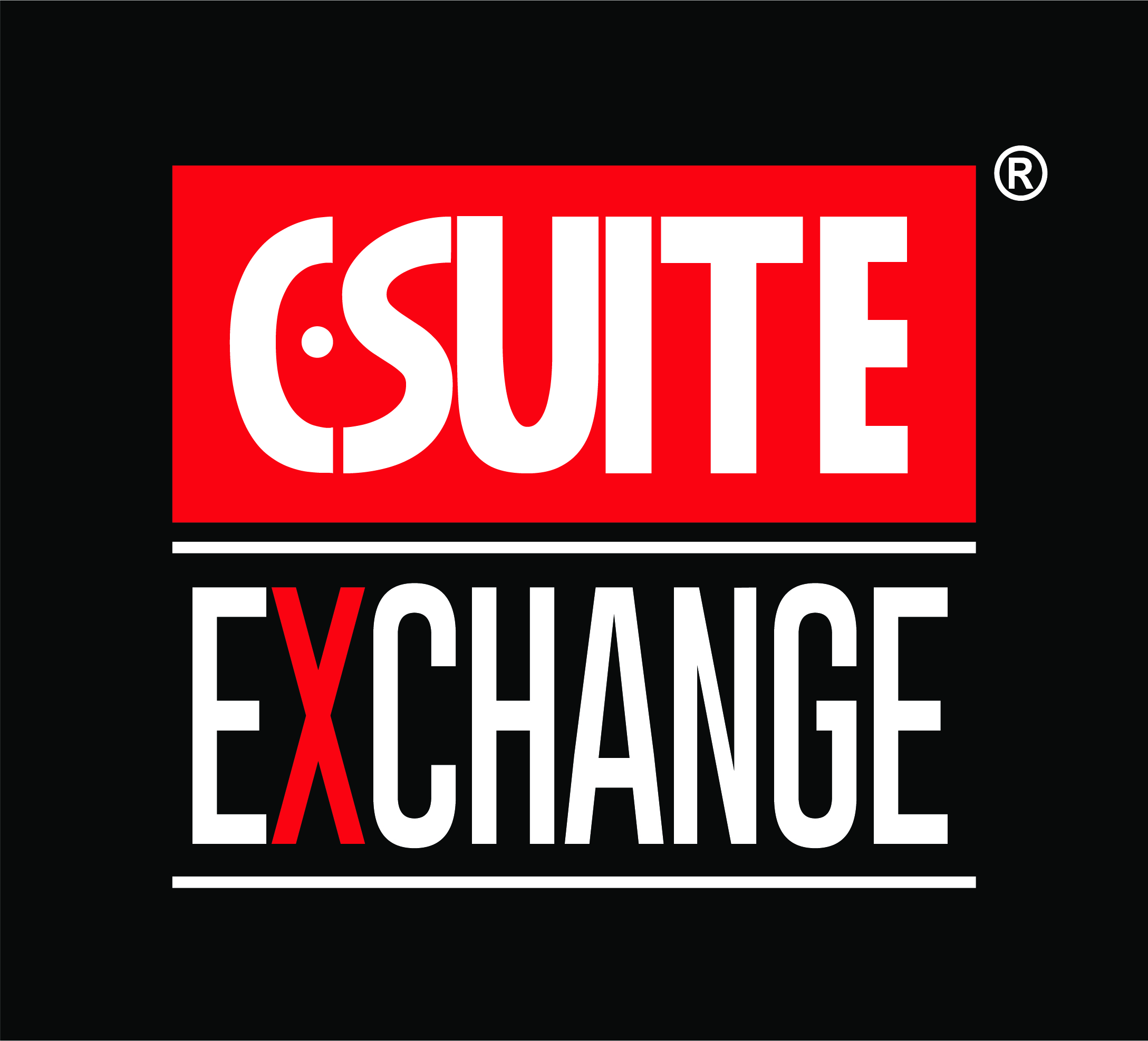The Federal Board of Revenue has been advised to suspend the expansion of its Faceless Customs Assessment system after a review committee found that the system significantly increased container clearance time and resulted in a noticeable drop in customs revenue. The system, launched with the aim of reducing direct interaction between customs officers and importers, was expected to enhance efficiency and transparency across the clearance process. However, findings from the review indicate otherwise.
According to the committee’s report, clearance times rose sharply after the system’s implementation. Prior to FCA, the average clearance time stood at 25.6 hours in November 2024. By April 2025, this figure had surged to 46 hours. On average, dwell time increased by 57%, rising to 40.2 hours in the post-implementation period. The number of goods declarations cleared within 48 hours dropped from 84% to 70%, while those assessed and examined saw clearance time increase from 74 to 81 hours.
The report questioned the system’s foundational concepts, including anonymising trader data for assessment officers and removing specialised assessment groups. Both were design elements attempted nearly two decades ago during the launch of Pakistan Customs’ first digitised system but were eventually discarded due to operational limitations. The review confirmed that the same challenges have resurfaced, undermining sectoral expertise and prolonging clearance times.
The Faceless Customs Assessment system was launched with much attention earlier this year, with Prime Minister Shehbaz Sharif visiting Karachi in January to endorse its official rollout. The second and third phases of the project were originally scheduled for June and September 2025, aiming to cover all appraisement collectorates, dry ports, land border stations, airports, and export collectorates. However, the report has recommended a complete pause on this expansion until larger data samples can validate the system’s effectiveness or its design is revised.
Revenue data also pointed to setbacks. Previously, duties collected exceeded declared values by up to 17%, highlighting the value addition made by assessing officers. After FCA’s implementation, this dropped to 13%, and total revenues between February and April 2025 declined by 2% to 23% compared to previous months. These losses were linked to diminished quality in assessments and fewer document-based evaluations. Meanwhile, referrals to senior officers increased from 6% to 11%, and laboratory referrals doubled.
FBR Chairman Rashid Mahmood Langrial acknowledged the performance issues while addressing the National Assembly Standing Committee on Finance. He stated that the rise in clearance times was partly due to a sharp increase in importer reviews filed against assessments. Under FCA, review requests increased from 6% to 14%, contributing to the growing backlog. He added that FBR plans to introduce virtual hearings for review cases by assistant and deputy collectors starting July.
The review also noted that the Centralised Assessment Unit, a component of FCA, had not yielded the intended efficiencies. While initial implementation showed improvements—such as reducing average clearance time from 108 hours to 66—the long-term data revealed a reversal in performance.
Despite early optimism, the review committee, which includes senior officials from FBR Customs and Risk Management, has clearly stated that FCA has not achieved its intended goals and should not be expanded in its current form. The final report was submitted last month and awaits further decision from FBR management.





